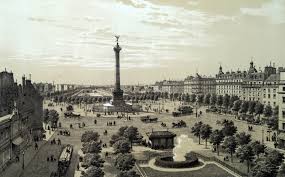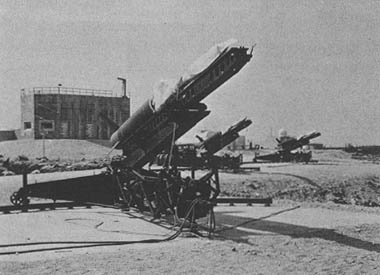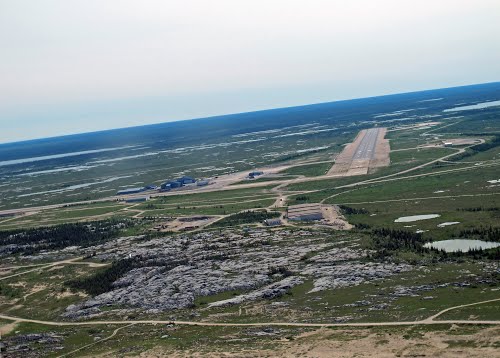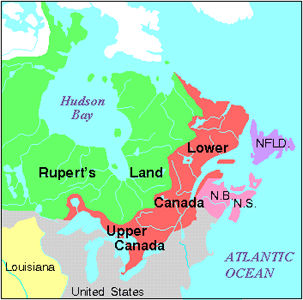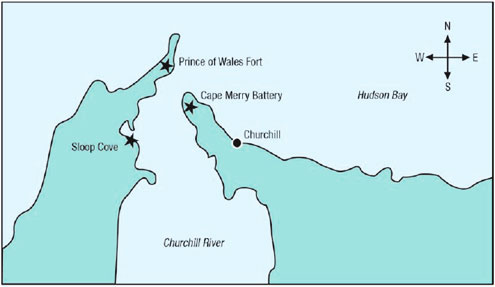The founding of Churchill by the British Hudson’s Bay Company in the late 1600’s traces back nearly 200 years to European developments at the beginning of the 1500’s. Americans have at best a hazy idea of what other European powers were doing after Columbus’ voyages of European discovery after 1492 (i.e., discovering continents previously unknown to Europeans). In fact, many of the European powers were far more active than the British in the 1500’s. Before we get to the founding of Churchill, first temporarily in 1688-89, and permanently in 1717, we have to understand the background of European competition during the 16th and 17th centuries.
News of the results of Columbus’s voyages, which he hoped would reach China, made it clear that there was at least one continent separating Europe from China and the east. In 1834, looking for a “Northwest Passage” around the top of North America, Jacques Cartier made it to Newfoundland flying the French flag. It was not particularly appealing to the French, but they did bring back beaver pelts. In the meantime, France devolved into religious civil wars between Protestant and Catholic which were not resolved until close to 1600, and major wars on the European continent with the Hapsburgs (both the Spanish and the Austrians branches of the family).
At that time, there was a sudden change in the economic climate of fashion. Beavers had become very popular for making hats, and the Europeans responded as they usually did, which is to overtrap and overfish a resource. Beavers in Europe neared extinction, and someone remember that Cartier had returns a few generations before with beavers from North America, and the French returned to the St. Lawrence River valley to establish trading posts.
At this point, the French, British, and Spanish all had colonies in the New World. Their approaches to the new lands were quite different. The Spanish came to conquer and exploit. For the people already living in the Americas, like the Aztecs, Maya, and Inca, among many others, they conquered and “saved” their souls for the Catholic church….and then treated them more or less as slaves. The English, mainly Protestant, were far less interesting in converting the heathen (i.e., the people already living in North America) and far more interested in recreating England-in-America. And what does England have a distinct lack of? Native Americans! So what happened to the Native Americans? It’s a sad part of our history as Americans.
The French were different from both of these models. I haven’t been able to track this down in the histories, but it seems that the French had problems getting families to emigrant to the North American bases, and the majority of the settlers were men oriented toward trade rather than farming, mining, or agricultural production, as were the English and Spanish. Traders sent out coureurs des bois (runners of the woods) by foot and in canoe to explore where the rivers led and establish contact with the First Nations already settled in the land. Unlike the Spanish, the French did not try to conquer the indigenous people. Unlike the English, they didn’t try to kill them off. Rather, they seem to have treated them pretty much as trading partners and did not treat them as agents of the devil. They also acquired information about the customs, history, and languages of the First Peoples, and it was not at all uncommon for French traders to have children with First Nation women (their offspring were called Métis, and now form a First Nation group of their own in Canada).
So, at this point—say, 1625—the Spanish are in Mexico and all points south to Tierra del Fuego except for Brazil (which the Portuguese had), the English are settling between what is now North Carolina and Massachusetts, and the French are along the St. Lawrence River valley and pushing westward to the Great Lakes. With this nice geographic division, how does the map a hundred years later show that the British have leapfrogged over the French and are established—exclusively—on Hudson’s Bay?

The answer concerns two coureurs des bois named Pierre-Esprit Radisson and Médard Chouart des Groseilliers and a really, really bad decision by the French colonial officials. Although both Radisson and Groseilliers were born in France, they grew up in French America. Radisson, in fact, had been captured by the Mohawks and adopted into the tribe. In 1657 or so, he returned to the Quebec area and met Groseilliers, his brother-in-law. They decided to explore to the north of the Great Lakes in search for beaver pelts, which the local indigenous population had pretty much trapped out. They learned, either from the Sioux or the Cree nations, that that beavers were still plentiful to the north in what we now know as Hudson’s Bay. Two years later, about 1661, they returned to the Great Lakes and followed the route north from Lake Superior, reached Hudson’s Bay and returned in 1663 with an enormous number of high-quality beaver pelts that they had obtained along the shores of Hudson’s Bay.
Here’s where the French officials made a really bad mistake. In an attempt to regular the trade with the First Nations, the French were requiring licenses, and only authorized traders could legally trade. Our boys lacked the license, and were old-fashioned coureurs des bois, not the more modern voyaguers who worked for a licensed trader. Instead of greeting our heroes with a pat on the back and compliments for a job well done in opening a new and incredibly lucrative route, the French authorities instead prompted seized all their furs and fined them for unlicensed trading. Not exactly the way to win friends and influence people.
Groseilliers and Raddison drifted for several years between France, Boston, and, ultimately England. In 1668, they met the Duke of York (the future King James II, 1685-88) and his cousin, Prince Rupert. Together with their circle of friends, the Duke and Prince decided to fund an exploratory voyage. Groseilliers’ boat made it to Hudson’s Bay, wintered there, and returned to England in October of 1669 with a ship full of furs. The Duke’s circle was impressed and excited at the prospect of how much money could be made.
And that’s where we’ll leave the story for today. Next time, we’ll look at the founding of the Hudson’s Bay Company, and its expansion into Hudson’s Bay, and its eventual arrival at Churchill.
NB: The Radisson Hotel chain grew from an old, elegant hotel in Minneapolis named for Radisson, as were towns in Minnesota and and Saskatchewan. I haven’t found much named for des Groseilliers. They both switched allegiance between France and England several times in the future and were not, unsurprisingly, trusted by either side. They never really profited from the lucrative new part of the fur trade that they pioneered.
Not surprising, there are no portraits of either Radisson or des Groseilliers. The Duke of York and Prince Rupert were famous, well-known, and portraited:

James, Duke of York (later James II of England)(1633-1701)

Prince Rupert of the Rhine (1619-1682)
 The French national anthem is the Marseillaise, itself a product of the French revolution when republican France was fighting the combined monarchical powers of Europe. It’s a bloodthirsty song, its final stanza saying “may their impure blood water the furrows of our fields.” Here is Mireille Mathieu singing all 18 verses (well, only 6 or 7) at the Eiffel Tower:
The French national anthem is the Marseillaise, itself a product of the French revolution when republican France was fighting the combined monarchical powers of Europe. It’s a bloodthirsty song, its final stanza saying “may their impure blood water the furrows of our fields.” Here is Mireille Mathieu singing all 18 verses (well, only 6 or 7) at the Eiffel Tower:
